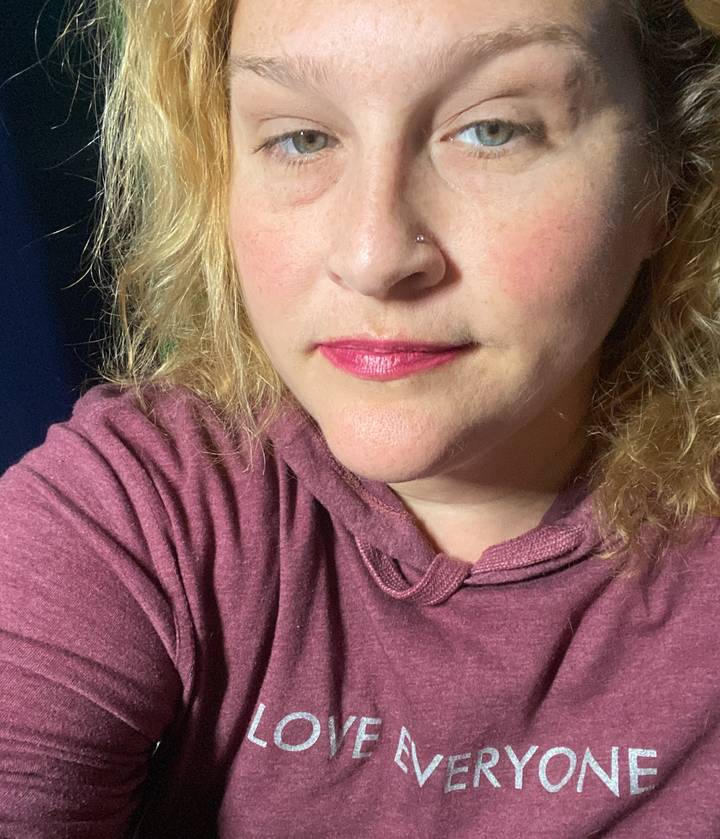
Choose any one of the horrible depictions of dissociative identity disorder in film or on television and you will find a therapist character operating with some kind of hero complex toward a protagonist with the condition. Often this trope is punctuated with just the right amount of sadism to be entertaining, in the vein of Nurse Ratched from “One Flew Over the Cuckoo’s Nest.”
Hollywood is obsessed with exploiting the lives of people with dissociative identity disorder (formerly known as multiple personality disorder) as a cheap narrative device. These portrayals range from classics like “The Three Faces of Eve” and “Sybil” to more current disasters like “Primal Fear” and “Split,” or recent TV offerings like Marvel Studios’ “Moon Knight.”
Such depictions can be difficult to watch, not only because the misinformation is horrible but because it hits on multiple levels. As both a therapist and a person with dissociative identities, I/we — my pronouns vacillate between the singular and the plural — are reminded of the battle that must still be fought to squash stigma about dissociative disorders and other mental health struggles.
I/we are among the many therapists today who have dissociative identity disorder. The phrase “a person with dissociative identities” is coming into wider use in our community — an important step in seeing our minds as the wonders that they are and not merely the source of a disorder.
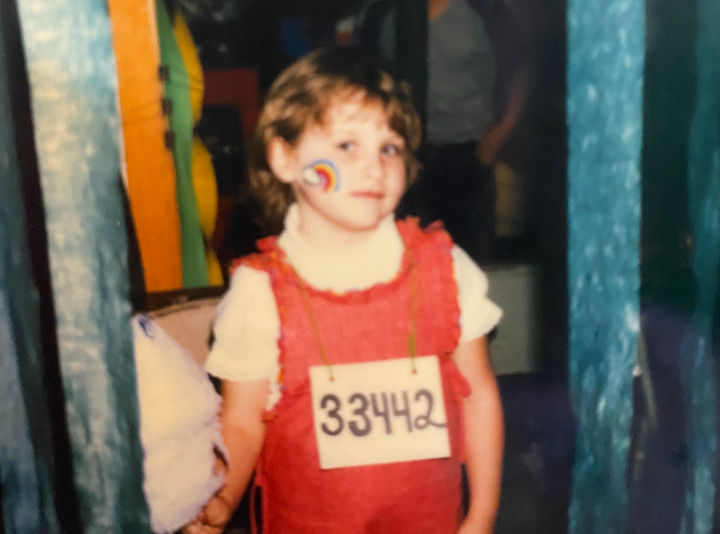
In many contexts, I/we see ourselves as a more cohesive “I,” yet in certain scenarios it just feels more fitting to call ourselves “we.” Using plural pronouns has come naturally to us since we were a child.
“Are you talking in the royal ‘we’?” a teacher once asked.
“I don’t know what that means,” we replied, having not yet learned about the grammatical device that a monarch might use.
For us, I and we have just always been one and the same.
We are a five-part system that formed in response to early childhood developmental wounding and spiritual trauma. Chronologically, we exist as a 43-year-old adult, Jamie, who drives the car of our lives, metaphorically speaking. The driver can also take on the presentation of “Dr. Jamie,” who is the more professional version of us and has a phenomenal capacity to get things done. (She was bound to get a Ph.D.!)
Both versions of Jamie are strongly directed by the others in the car with her: Four (sometimes called Lucy), Nine (who spells our name “Jaime”) and Nineteen. These parts of us severed at those different ages when we experienced some very bad things, and they essentially stayed put within us. At its linguistic core, that is all “dissociation” means — to sever or to separate.
You may be thinking: “OK, how does this person still have a license to practice therapy? When someone is that ‘fractured’ or ‘split,’ it must be dangerous for her to be trusted with the welfare of clients!” This reaction is quite common, due to misinformation and stigma about what dissociative identities are.
The reality is that there are many practicing therapists with dissociative identities ― or “plurals” ― who are doing an amazing job. Most of us have a part (like my Dr. Jamie) to help the entire system show up for what we need to in life, especially our clients. Sadly, many in the community are still afraid to be “out,” even with our colleagues, because we fear judgment or being discredited.
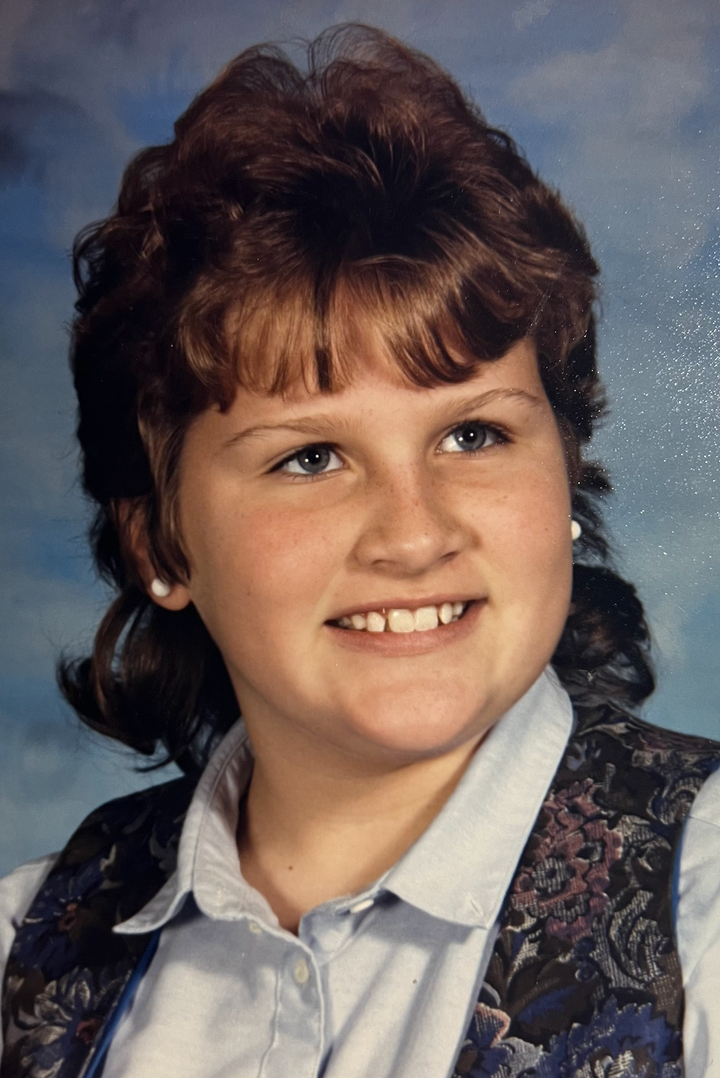
As a person and system, I/we are out about many things with our colleagues and at large. We’ve been out about our recovery from addiction since the first day of graduate school in 2003. In 2015, we came out fully in our professional lives and to our very conservative family as a bisexual woman, even though we had already come out years prior to close friends and partners.
Yet nothing scared me as much as coming out as a person with dissociative identities, and we wrestled with many demons before boldly declaring to our colleagues in 2018: “Yes, we are Dr. Jamie. More importantly, we are just Jamie, a person with dissociative identities.”
The therapeutic professions can be even more hostile to people with dissociative identities than those in the general public, who at least find us entertaining. There are still a stark number of professionals, especially psychiatrists, who do not believe that dissociative identity disorder is a valid psychological construct.
“They’re making it all up!” is something that we are used to hearing.
Even those professionals who know that dissociative disorders are valid often find themselves overwhelmed or, quite frankly, scared to work with us. There is a paralyzing fear that they’re going to do more harm or fail to bring us back from a dissociated place, resulting in further chaos. This concern stems from a sore lack of education on trauma and dissociation — and unfortunately, many therapists default to media as their main source of information about the condition.
Professed allies sometimes believe that our individual parts are what cause us problems in life, and thus think we should be guided to some type of integration or blending. Most people I/we know in the plural community resent these types of interventions, viewing them as a subtle and still relevant form of shaming.
In reality, there are many different kinds of plural systems who define healing in their own ways. Helping our parts more effectively communicate with and relate to each other can lead to an adaptive and meaningful life.
People are starting to realize that being plural can be a source of pride, not a mark of shame. With many of us now finding each other through social media and other channels of advocacy, we are more publicly rejecting old narratives about our parts being the source of our problems. Our trauma was the problem — not how our amazing minds responded to it.
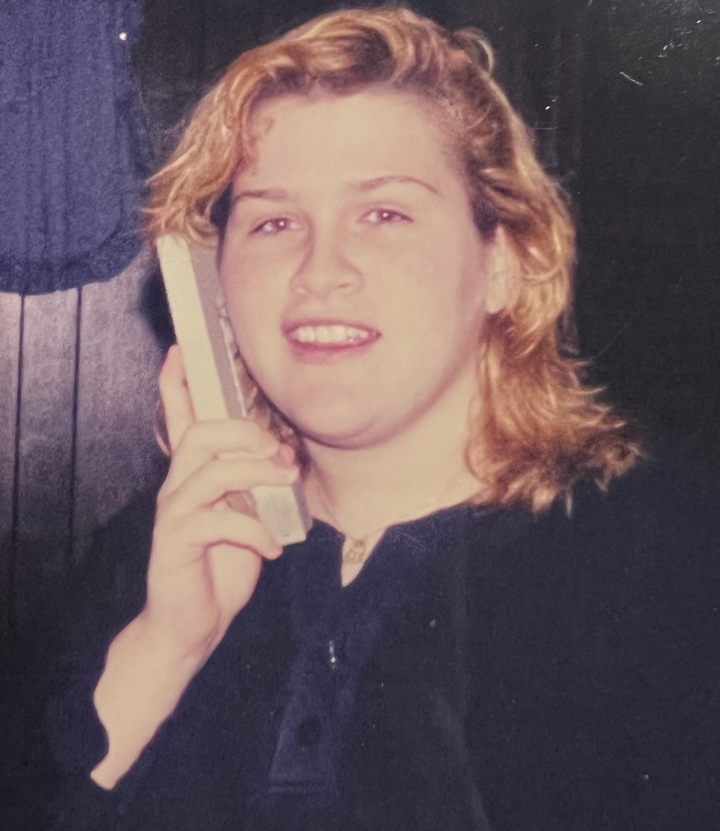
I/we were grateful to find a competent trauma therapist who was not afraid of dissociation and properly diagnosed us in 2004. Although we have mixed feelings about the label of a diagnosis, seeing our struggles explained through the lens of dissociation was a game changer.
Interestingly, I/we received our diagnosis during our graduate school mental health internship. At that point, we were two years sober from drugs and alcohol, and eager to begin our new career paying forward some of the help that had been given to us. But seeing the way that children were treated by the mental health system surfaced many of our old, unhealed wounds. We dissociated constantly in this setting, until a very caring colleague identified this and suggested that we seek further help.
“Jamie, you’re always checking out. You’re not really here with us,” he offered with compassion.
Many therapists can get swallowed whole by the helping professions if they don’t acknowledge their own unhealed trauma. The best ones will engage in healing for themselves and not just focus on being the hero for clients. After getting to know many plural therapists over the past decade, I’ve learned that we are the ones who are most likely to do our own healing, because we must if we are going to survive in this field. And that makes us some of the best therapists out there.
Whenever I/we give a talk or workshop, we are inevitably bombarded with messages and comments from other therapists that essentially say, “Me too.” It is an honor to help lead the push for more openness about the existence of plural therapists, and we have a great deal to teach our professions and society at large.
What we hope to teach through our work is that dissociation is a normal part of the human experience. It is the result of several functions within our brains that ignite when we are in distress. The dissociation keeps us protected or helps us get our needs met.
Think about the last time that you were bored, overwhelmed or in distress. Was it natural to drift off into a daydream or otherwise check out? Perhaps you used some visual assistance, scrolling on your phone or diving into a TV program to escape an unpleasant reality — we all do it, and in many contexts it’s completely healthy. Dissociation helped all of humanity get through the pandemic, and it is likely still helping us adjust to an evolving world.
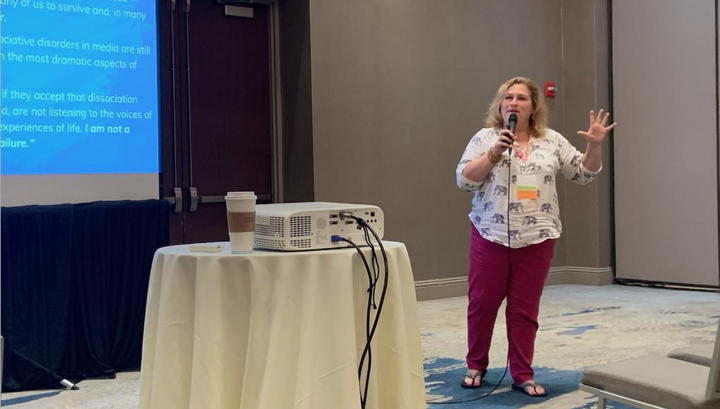
But like all things mental health, something that’s initially adaptive can become unhealthy if not explored or addressed. For those of us who’ve grown up in the daily grind of complex trauma and dysfunction, dissociation becomes a means of survival. It is even more critical for those who come of age with exposure to systemic oppression or discrimination. (I/we certainly experienced that, growing up queer in a conservative Christian home.)
Many people develop parts to more fully shoulder the burden of life. Living with dissociative identities can sometimes feel like having a superpower, and can also feel like a significant impairment. Yet the key is learning to embrace all of these various aspects of self, and then figuring out what they need to heal and to communicate effectively with each other.
No one has engaged in this process quite like therapists with dissociative identities who are out there thriving in this field, despite the tremendous amount of stigma. There is a lot to be learned from us, and my hope for the future is that more of us will continue to come out and share. And that more of you will listen not just with an open mind, but also with an open heart.
Jamie Marich (she/they), Ph.D., is the author of “Dissociation Made Simple: A Stigma-Free Guide To Embracing Your Dissociative Mind and Navigating Daily Life,” as well as other books on topics like trauma recovery and addiction. Jamie is the founder and CEO of The Institute for Creative Mindfulness, an Ohio-based training organization for expressive arts and EMDR (eye movement desensitization and reprocessing) therapy. She is a TEDx speaker and the winner of several awards for her work as a mental health advocate.
Need help with substance use disorder or mental health issues? In the U.S., call 800-662-HELP (4357) for the SAMHSA National Helpline.
Do you have a compelling personal story you’d like to see published on HuffPost? Find out what we’re looking for here and send us a pitch.
